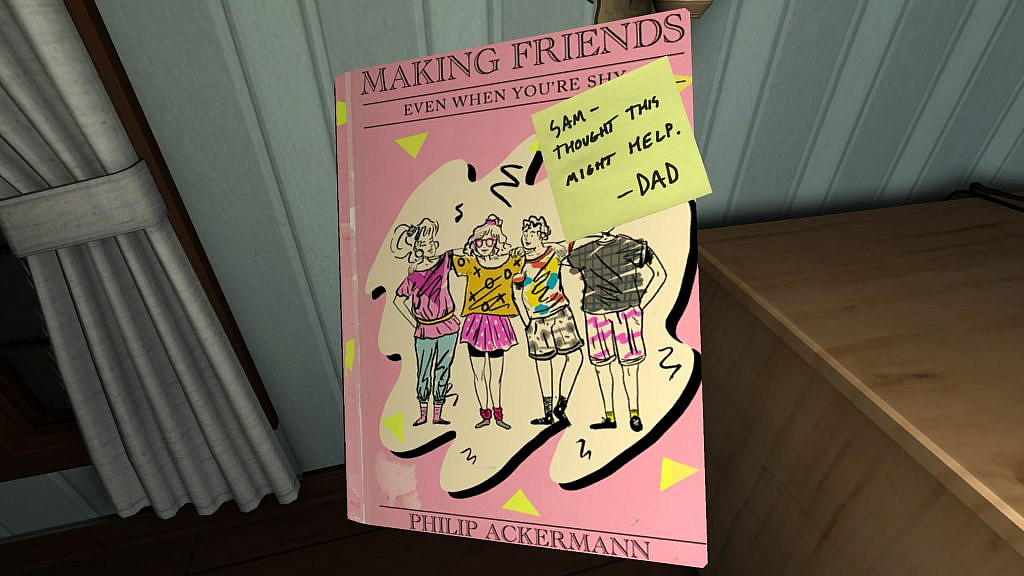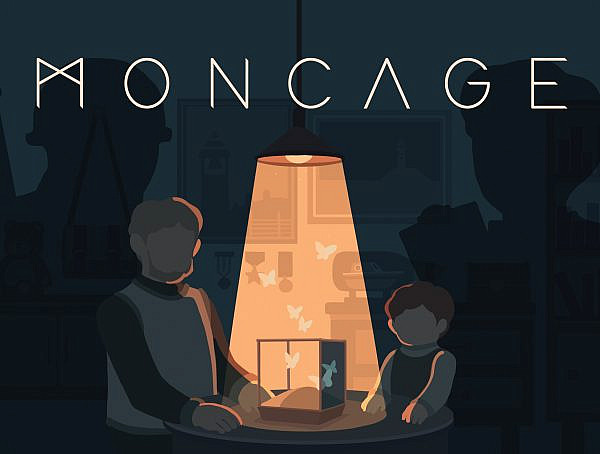Whereas the video game industry has multiple notable female lead characters, they are still the underdogs especially in big budget AAA games. Meanwhile indie developers are keener on using female protagonists in their projects. Mildred F. Perreault, Gregory Perreault, and Andrea Suarez take on the issue of female representation in games and further analyse the character and narrative construction of female-lead indie games.
The amount of well-constructed female characters in video games has oddly declined from the late 1900s coming to the 21st century and gender representation is narrow regardless of culture. In video games, female characters are less likely to have a complex personality or deep relationships and are often overly sexualised or are purely defined by fetishist tendencies. Perreaults and Suarez are taking a closer look on three indie games: Never Alone, Her Story, and Gone Home. Connecting these three games are their respective female protagonists. The games chosen, in addition to having female protagonists, have a gameplay style that appeals to female gamers, are independently developed and are from 2013 to 2015.
Narrative is a central term in not only the story, but also in the character development. Through narrative theory, these games can be analysed by their story connecting to reality, and how video games as a media can support a narrative through both text and visuals. Narratives are cultural as they provide context to the understanding of future narratives in cultures. Often in game narratives, women have less importance plot wise, and the position of women can be described as overall absence: many parts visible on male counterparts, such as the previously mentioned character development, plot importance, or even clothes are often absent on female characters.
These problems lead Perreault, Perreault, and Suarez to two research questions: “What narrative frames are created regarding the female identity in the three indie games?” and “How do these games narrate the role of women?”. The answers are sought by narrative analysis trying to find “frames”, distinct features, in the games, storylines, and character plots that might be narratively defining a strong female protagonist.
Three frames were found connecting the games: character choices, crises of identity, and creation of new reality. The first frame, choices represent the ability for these female protagonists to make choices, or the player’s ability to make choices as these characters, that bear a significance narrative-wise. The frame of crises of identity is based on the idea of identities of the protagonists developing through events triggering an identity crisis, which then leads to evaluation of life, events, and identity; and finally leads to reconstruction of identity based on the experienced. Creating new realities is based on the idea of narrative’s ability to influence reality and create new realities in which, in this case realities from female perspective are represented and experienced through gameplay where the story can be told in numerous ways depending on the player’s choices.

In Gone Home, the player explores an empty mansion and tries to unravel the story behind the deserted family house
The roles of women in these games are narrated through both storytelling and receiving. The women tell their personal stories but are not restrained to simple storytelling and are part of a communicative world. Other characters in these games function in relation to the female characters and have their own opinions of them. These female characters develop character-wise throughout the storyline and are not only restricted to narrating the game to the player but are an active part of the events.
Indie games can provide a more complex female lead storyline to video games as opposed to many big budget games because they do not have the need to answer to the mainstream game market. With games with complex female characters, the stories of women, their experiences, and thoughts can be represented and heard.
Original article:
Perreault, Mildred F, Gregory Perreault, and Andrea Suarez. “What Does It Mean to Be a Female Character in ‘Indie’ Game Storytelling? Narrative Framing and Humanization in Independently Developed Video Games.” Games and culture 17.2 (2022): 244–261. Web. https://doi.org/10.1177/15554120211026279
Images:
(Header image) Never Alone official promotional material. Available at http://neveralonegame.com/game/
Her Story official promotional material. Available at https://store.steampowered.com/app/368370/Her_Story/
Gone Home official promotional material. Available at https://store.steampowered.com/app/232430/Gone_Home/
You might also like
More from Game Research Highlights
How do you want to do this? – A look into the therapeutic uses of role-playing games
Can playing RPGs contribute positively to your wellbeing? A recent study aims to find out how RPGs are being used …
Eldritch horrors and tentacles – Defining what “Lovecraftian” is in games
H.P. Lovecrafts legacy lives today in the shared world of Cthulhu Mythos and its iconic monsters. Prema Arasu defines the …
Are Souls Games the Contemporary Myths?
Dom Ford’s Approaching FromSoftware’s Souls Games as Myth reveals the Souls series as a modern mythology where gods fall, desires …
















